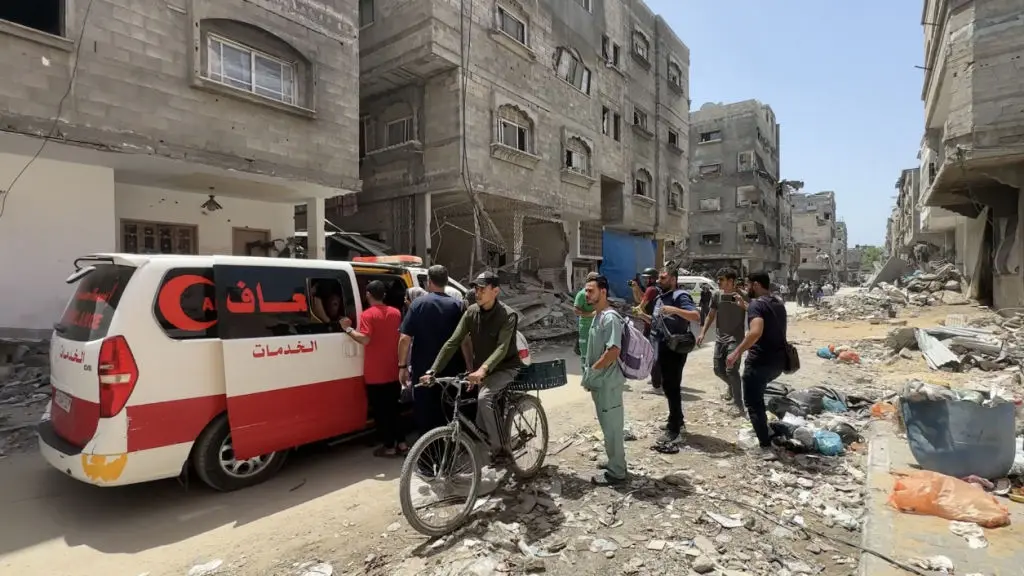Amid an intense conflict in Gaza, the region’s health system is struggling to function properly, with many hospitals and primary health care centers either partially or completely out of action. However, despite this chaos, Hamas officials in charge of health and information are still providing daily updates on casualties. Recent debates have arisen over the reliability of the data coming out of Gaza, with the U.N. admitting that the information could not be verified. The international agency had to revise the number of women and children killed in the conflict, raising concerns about the accuracy of the data being reported.
As Israeli troops entered Gaza after months of conflict, it was revealed that many Hamas employees who were tracking casualties were no longer working, causing uncertainty about the accuracy of the information being reported. The Ministry of Health had previously provided credible data, but as the conflict escalated, they started relying on media reports for casualty figures, raising doubts about the reliability of the information. The dwindling number of functioning hospitals in Gaza has further complicated the gathering of accurate data, as fewer facilities are able to report on casualties.
There has been a significant drop in the number of functioning hospitals and primary health care facilities in Gaza, affecting the accuracy of casualty data being reported. The Gaza Health Ministry has been criticized for changing the way they categorize deaths, and many casualties remain unidentified in the official death toll. Despite these challenges, international agencies like the U.N. continue to rely on Hamas-published data for their reports, even though they cannot independently verify the figures. The U.N. is working to confirm the casualty figures independently where possible.
The State Department and the White House have been using the death toll data from Hamas to comment on the situation in Gaza. Recent statements from officials indicate a focus on protecting civilians in Gaza, but concerns have been raised about the accuracy of the casualty numbers provided by Hamas. The conflict in Gaza has raised questions about the reliance on data from a source like Hamas, which has a history of embedding itself within civilian infrastructure. The government is under pressure to provide accurate and transparent information about the situation in Gaza.
The reliability of data coming out of Gaza remains a concern, with discrepancies in casualty figures reported by different sources. International agencies like the WHO have not commented on the use of unverified data from Hamas, which has been cited by world leaders in policies related to the conflict. The ongoing conflict in Gaza has highlighted the challenges of reporting accurate casualty figures and the need for transparency in data gathering. With limited access to functioning hospitals and healthcare facilities, efforts to verify casualty figures are ongoing.
Despite the challenges in Gaza, international organizations and world leaders continue to rely on data provided by Hamas for updates on casualties in the conflict. The reliance on unverified data from a source with potential biases raises concerns about the accuracy of information being reported. Efforts to independently verify casualties in Gaza are ongoing, but the situation remains complex due to the limited access to facilities and the changing nature of the conflict. There is a need for transparency and accuracy in reporting casualty figures to ensure an understanding of the true impact of the conflict on civilians in Gaza.


